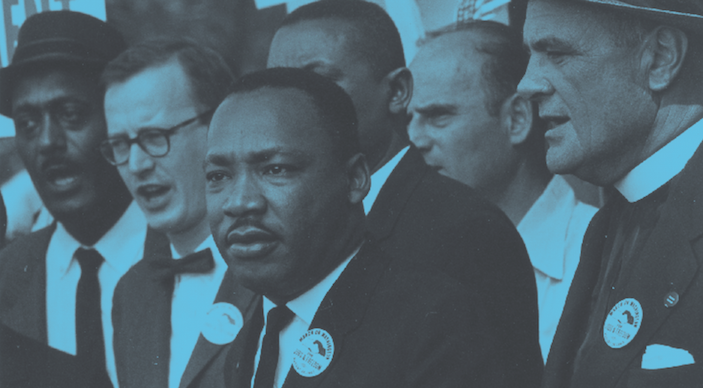Brian Zink’s Concise History of Emergency Medicine: The Hot Summer of 1968
1968 has been called “The Hard Year” by U.S. historians. Indeed, the year saw the assassination of Martin Luther King, Jr in April, followed by tumultuous rioting in Washington, DC, Baltimore, and many other U.S. cities. Robert Kennedy, the front-running Democratic presidential candidate was assassinated in June. Civil riots and Vietnam War protests were erupting across the nation that summer. In August, the Democratic Party was preparing for a contentious presidential nominating convention in Chicago, which would be accompanied by intense demonstrations and riots. The whole country seemed to be agitated and in a state of uproar.
Amidst the turmoil, John Wiegenstein, MD had been toiling away in a new “Alexandria Plan” type group at St. Lawrence Hospital in Lansing, Michigan. Wiegenstein enjoyed emergency practice much better than his previous general medical practice, but was also very concerned about the knowledge gaps that he and others had in providing emergency care, and the dreadful state of pre-hospital care. Wiegenstein had traveled to Akron, Ohio to take an early government-sponsored EMT-type course, and asked the leaders of that course if there were any national organizations that supported emergency medicine practice. The answer was no. Wiegenstein got the idea to call together practicing emergency physicians across the state of Michigan. They were linked by a common billing provider.
In August of 1968, somewhat insulated from the tumult of race and war that was enveloping the country, Wiegenstein and seven other early emergency physicians met on the afternoon of August 16, 1968 at the Holiday Inn in Lansing, Michigan to organize. They debated on a name, and decided they wanted to be perceived as scholarly and prestigious, so auspiciously named the new eight-member organization “The American College of Emergency Physicians.” They drafted some basic principles and decided to meet regularly to develop educational sessions and lobby for better payments from insurers.
Shortly after that momentous August meeting, Wiegenstein discovered that a physician named Reinald Leidelmeyer from Virginia, was organizing a national meeting of physicians who worked in emergency departments. Leidelmeyer was a former Dutch WWII prisoner of war who had come to the US and was working in the ED at the new Fairfax Hospital. He also perceived the need for EM to organize and called the national meeting for November. Wiegenstein and the fledgling ACEP group were concerned that another organizing effort would conflict with what they had initiated, so they invited Leidelmeyer to fly to Michigan to discuss joining forces. Leidelmeyer was less than impressed with what Wiegenstein had put together – the little group had poorly lit space with no furniture in the basement of the Michigan State Medical Society, and few files or paperwork to legitimize their new organization. In an attempt to improve Leidelmeyer’s impression, Wiegenstein had the idea to drive him westward to tour Holland, Michigan, with its Dutch name and influence. This ingratiating maneuver was not successful, and Wiegenstein had to speed back to get the skeptical Leidelmeyer on his plane. Leidelmeyer told Wiegenstein he would see him in November at the real meeting of emergency physicians in Arlington, VA.
Wiegenstein realized that ACEP needed to look more like a true medical organization if they were to grow into a national body. Before the November meeting they prepared stationery, membership cards, and other official-looking materials. The stage was then set for the first national meeting of emergency physicians to occur in Arlington, VA in November of 1968. Also in that month, Richard Nixon would narrowly defeat Humbert Humphrey to become President of the United States.




1 Comment
Forty-seven years later, a similarly small group of passionate Virginia emergency physicians in the Virginia College of Emergency Physicians are meeting to map out a sustainable path forward keeping the vision of doctors Wiegenstein and Leidelmeyer alive! Accepting the challenges of a rapidly changing health care environment and the diverse needs of emergency physicians, VACEP continues to pay tribute to this special group of physicians by displaying Margaret Meeds’ famous quote “Never doubt that a small group of thoughtful, committed citizens can change the world. Indeed, it’s the only thing that has!”